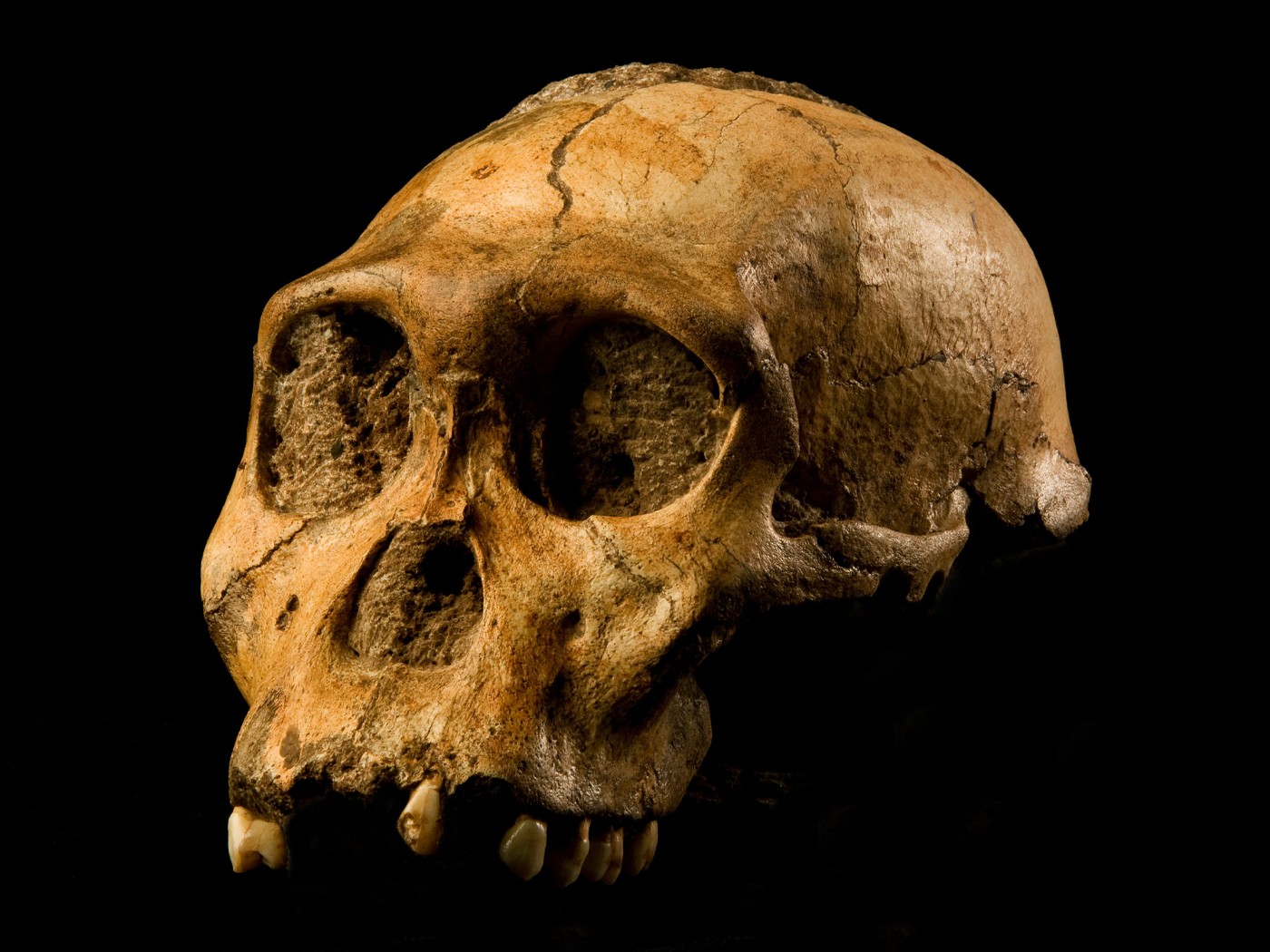Mainstream cosmology holds that the orderliness found throughout the universe came from chaotic beginnings. In this scenario, matter and energy were flung outward and then gradually coalesced into structured celestial and terrestrial systems. But observations through telescopes tell just the opposite story—stars and planets are falling apart and losing steam from what could only have been highly ordered beginnings.
For example, on November 17, NASA released new images of the "Crystal Ball" nebula, described as having been formed from glowing gases that result when "dying stars toss off their outer layers of material." NASA's WISE all-sky survey, which uses a satellite telescope, collected infrared images of the nebula's symmetrical rings. The rings are hidden from visible-light images, making them a unique stellar object described by principal investigator Edward Wright as resembling "beautiful things floating in water."1
These rings, however, do not testify of chaos becoming order, but of order becoming chaos, since they are caused by thrown-off dust from a pair of dying stars.
In another case closer to home, the Cassini spacecraft gathered the most accurate temperature emission data from Saturn to date. Traversing the ringed planet from bottom to top, Cassini's specially designed spectroscope gathered power output data between 2004 and 2009. A team of scientists used this information to calculate the total of "Saturn's emitted power." They found that during that time, Saturn's energy emissions decreased—its 2009 power output, expressed as irradiance, was two percent less than that of 2005.2
Whether or not this trend will continue remains to be seen. But at present, the measurable data so far show that both of these systems are winding down. Similarly, ICR recently reported on what looks like a short-lived comet named Hartley 2.3 Amazing NASA images showed that the comet is riddled with what look like air nozzles spewing CO2 gas. Now, a new enhanced image shows that those jets have apparently been ejecting water, so that Hartley 2 is shrouded with self-expelled slushy snow.4 What science has measured is Hartley 2 quickly falling to pieces, Saturn losing power, and stars blowing up. What science has not seen is any example of a comet being born, a planet being born, or a star being born.5
If natural processes "wound up" these cosmological entities in the first place, then why are they no longer observed to be winding anything up today? Such observations don't exist because star and planet formation was completed long ago. The observation that creation―including stars, planets and comets―was completed at a specific time in the past, and that the systems in this created order are falling apart, finds its best explanation in the pages of the Bible.
Genesis 1:16 states that "God…made the stars" on the fourth day of the creation week. And Exodus 20:11 makes it clear that God's creative activity ceased shortly thereafter: "For in six days the LORD made heaven and earth, the sea, and all that in them is, and rested the seventh day: wherefore the LORD blessed the sabbath day, and hallowed it."
But this present creation was corrupted as the result of the sinful actions of the first man and woman. The record in Genesis 3 tells of the Curse that the Lord pronounced, affecting all of creation. This, too, is consistent with modern observations of the created order breaking down after having been "wound up" by the Creator not too long ago.
References
- WISE Image Reveals Strange Specimen in Starry Sea. NASA press release, November 17, 2010, reporting results published in Ressler, M. E. et al. 2010. The Discovery of Infrared Rings in the Planetary Nebula NGC 1514 During the WISE All-Sky Survey. The Astronomical Journal. 140 (6): 1882-1890.
- Li, L. et al. 2010. Saturn's emitted power. Journal of Geophysical Research: Planets. 115: E11002.
- Thomas, B. NASA Photographs Young Comet. ICR News. Posted on icr.org November 12, 2010, accessed November 19, 2010.
- Phillips, T. Comet Snowstorm Engulfs Hartley 2. NASA Science News. Posted on science.nasa.gov November 18, 2010, accessed November 19, 2010.
- Though "star nurseries" have been proposed in relatively rare nebulae and galactic cores, the existence of so many stars so far from the few nurseries, and their apparent ability to overcome the repulsive force of the hot gases that supposedly built stars, are total mysteries for naturalistic views of star formation. See DeYoung, D. 1996. New Stars, New Planets? Acts & Facts. 28 (4).
Image Credit: NASA/JPL/ASI/University of Arizona
* Mr. Thomas is Science Writer at the Institute for Creation Research.
Article posted on November 30, 2010.





















